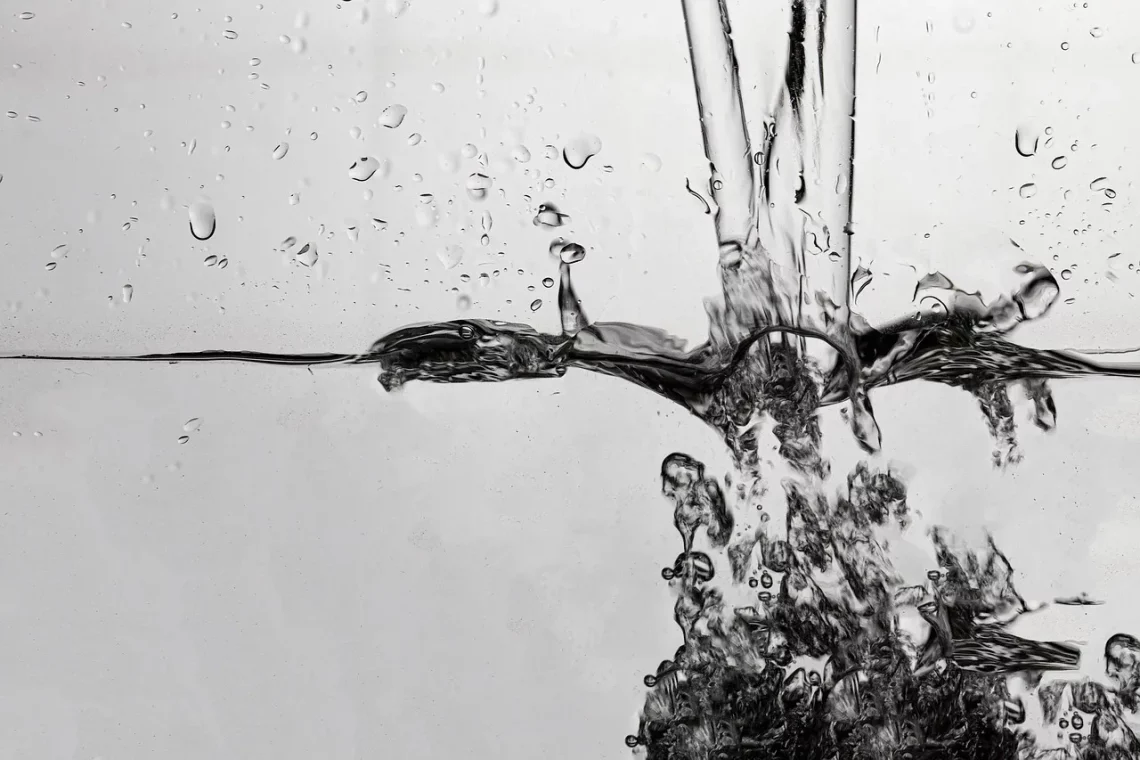
Squirt vs Cream: Understanding the Differences and Similarities
Understanding human sexuality is a nuanced and multifaceted endeavor, often accompanied by a wealth of terminology that can lead to confusion. Two terms frequently encountered in discussions around sexual arousal and response are “squirt” and “cream.” While these terms may seem synonymous at first glance, they encapsulate distinct physiological processes and experiences. The exploration of these concepts not only sheds light on human anatomy but also enhances our understanding of sexual pleasure and expression.
As individuals seek to deepen their sexual knowledge, it’s essential to recognize the diversity of experiences that exist within the realm of human sexuality. Societal norms and misconceptions can cloud our understanding of bodily functions related to arousal and orgasm. This article aims to clarify the differences and similarities between squirting and creaming, encouraging open dialogue and informed perspectives on these topics. By fostering a deeper understanding, we can better embrace the complexities of human sexuality and promote a more inclusive and affirming discourse.
Defining the Terms: What is Squirting?
Squirting, often referred to as female ejaculation, is a phenomenon that has garnered significant attention in both popular culture and scientific research. This process involves the expulsion of fluid from the urethra, typically occurring during intense sexual arousal or orgasm. The fluid expelled during squirting is often described as being clear or slightly cloudy and may have a consistency similar to that of urine. However, studies have indicated that the composition of this fluid can differ, often containing elements from the prostate glands, such as prostatic secretions.
The mechanics of squirting can vary from person to person. For some individuals, the experience is spontaneous and accompanied by a sense of urgency, while for others, it may require specific stimulation or techniques to achieve. It’s also noteworthy that not all individuals with vulvas experience squirting, and the absence of this phenomenon does not diminish their sexual response or pleasure.
Squirting has often been shrouded in myths and misconceptions, with some viewing it as a benchmark for sexual prowess or satisfaction. This societal pressure can lead to feelings of inadequacy among those who do not experience squirting. It’s essential to normalize the diversity of sexual experiences and recognize that pleasure can manifest in many forms. Understanding squirting not only enriches one’s sexual knowledge but also fosters a more accepting view of the varied ways individuals can experience pleasure.
Moreover, research into squirting has highlighted the importance of open communication and consent in sexual relationships. Partners should feel comfortable discussing their preferences and boundaries, which can lead to more fulfilling and enjoyable sexual experiences. Ultimately, squirting is just one aspect of a broader conversation about sexual health and pleasure, emphasizing the need for education and awareness in this often-taboo subject.
The Cream: Understanding the Fluid
Creaming, often referred to as female ejaculation in some contexts, is another aspect of sexual response that warrants exploration. This term typically describes the release of a thick, milky fluid from the vagina, usually associated with intense sexual arousal or orgasm. Unlike squirting, which involves the expulsion of fluid from the urethra, creaming originates from the vaginal walls and is often a result of heightened sexual stimulation.
The fluid released during creaming is thought to be a combination of vaginal secretions and other fluids produced during arousal. This can give it a creamy texture and consistency, which differentiates it from the clearer fluid associated with squirting. The experience of creaming can vary significantly among individuals, with some reporting it as a routine part of their sexual expression, while others may not notice it at all.
The physiological processes that lead to creaming are often linked to the body’s natural lubrication mechanisms. During sexual arousal, the body produces various fluids that enhance comfort and pleasure during intercourse. These secretions can be influenced by numerous factors, including hormonal changes, emotional states, and physical stimulation.
It’s also important to note that the experience of creaming is not limited to any specific sexual orientation or activity. Individuals can experience this phenomenon in various contexts, whether during solo play or partnered experiences. Understanding the nature of creaming can help demystify this aspect of sexual response, encouraging open discussions about pleasure and exploration.
As with squirting, societal expectations and misconceptions can influence how individuals perceive the act of creaming. Some may feel pressured to produce this fluid during sexual encounters, which can detract from the enjoyment of the experience. It’s crucial to emphasize that sexual pleasure is not defined by the presence or absence of specific fluids, but rather by the overall experience, connection, and satisfaction that individuals derive from their sexual activities.
Commonalities and Differences: A Comparative Analysis
While squirting and creaming are often discussed together, it’s vital to distinguish their unique characteristics while also acknowledging their commonalities. Both phenomena occur as a result of sexual arousal and can be associated with heightened pleasure, but they differ significantly in terms of fluid composition, source, and the experience itself.
Squirting is characterized by the expulsion of fluid from the urethra, while creaming involves the release of thicker fluid from the vagina. The experiences can also vary in terms of intensity and sensation, with squirting often associated with a more intense release during orgasm and creaming related to ongoing arousal or stimulation.
Furthermore, the psychological components associated with these experiences can differ. For many, squirting may carry a certain stigma or pressure to achieve, often linked to societal narratives about sexual performance. On the other hand, creaming may be viewed more as a natural expression of arousal, reflecting the body’s ability to engage in pleasurable experiences without the same level of societal expectation.
Moreover, both squirting and creaming highlight the importance of individual differences in sexual response. Factors such as anatomy, hormonal levels, and emotional states can all influence how these phenomena manifest in different individuals. Understanding these differences encourages a more inclusive approach to discussions surrounding sexual pleasure, allowing for a broader acceptance of various experiences.
Ultimately, both squirting and creaming underscore the diversity of human sexual expression. Recognizing that pleasure can take many forms fosters a more positive and affirming environment for individuals to explore their sexuality. By engaging in open conversations about these experiences, we can dismantle myths, reduce stigma, and enhance our collective understanding of human sexual response.
Embracing Diversity in Sexual Experiences
In conclusion, the exploration of squirting and creaming reveals the complexities of human sexuality and the myriad ways individuals can experience pleasure. Embracing the diversity of these experiences is crucial for promoting a healthy and informed dialogue about sexual health and expression.
Education plays a vital role in this process. By providing accurate information and dispelling myths, we can empower individuals to explore their bodies and desires without fear or shame. Understanding that sexual pleasure is not defined by specific outcomes, such as squirting or creaming, allows for a more enriching sexual experience.
Moreover, fostering open communication between partners can enhance sexual satisfaction. Discussing preferences, desires, and boundaries can lead to more fulfilling encounters and a deeper connection. Encouraging a culture of consent and mutual respect is essential in all sexual relationships, enabling individuals to feel safe and supported in their exploration of pleasure.
It is also important to remember that each person’s experience with squirting and creaming is unique. Factors such as anatomy, emotional state, and context all contribute to the individual nature of sexual experiences. Celebrating this diversity not only enriches our understanding of human sexuality but also cultivates a more inclusive and accepting environment for all.
As we continue to explore and discuss these topics, let us strive for a culture that respects and values individual experiences. By doing so, we can promote a healthier relationship with sexuality, enhancing both personal satisfaction and collective understanding.
**Disclaimer: This article is intended for informational purposes only and should not be considered medical advice. For any health-related issues, individuals should consult a qualified healthcare professional.**




